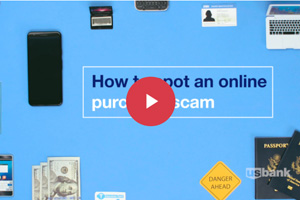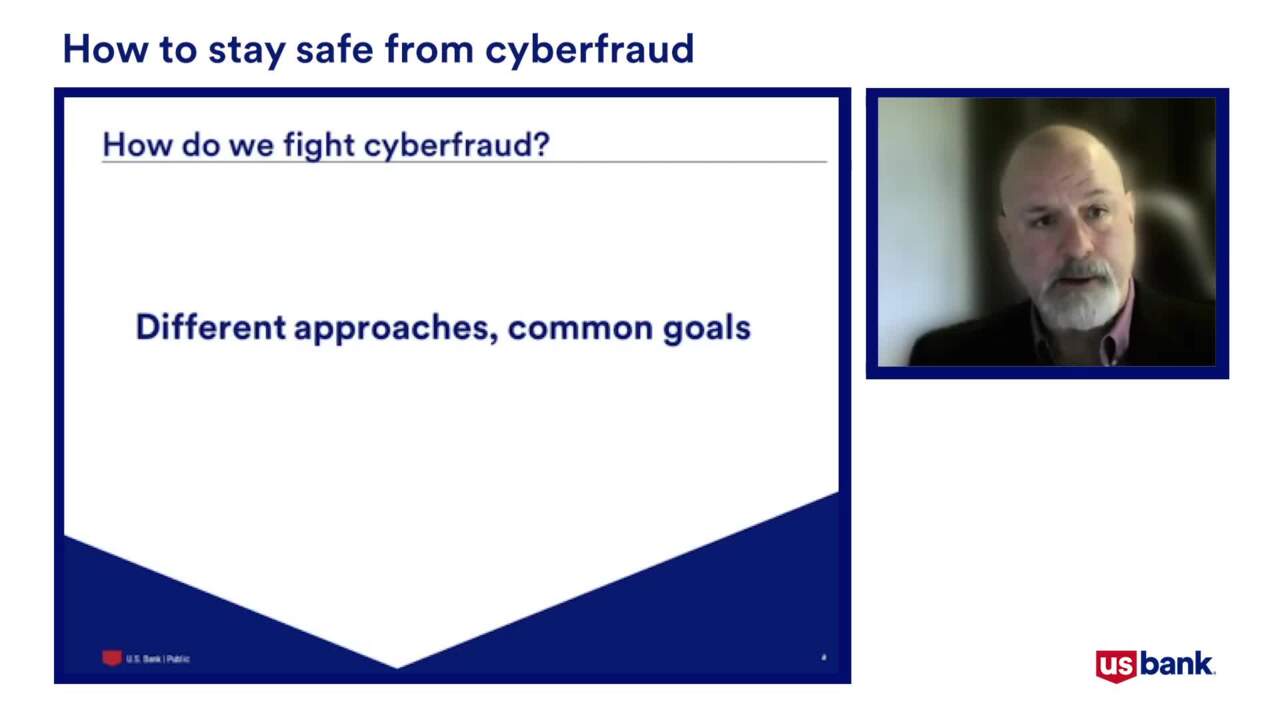With the right tools and mindset, you can protect your data and money from payments fraud attempts.
Here’s a scenario that might sound familiar: An employee receives an email, supposedly from your organization’s CFO, requesting a large financial transfer in advance of a merger. The details are scant, and the email requests funds through a newer payment solution with faster clearing times (such as Real Time Payments or Same Day ACH). Since the email looks legitimate, the employee doesn’t raise any immediate concerns.
A day later, the company discovers that this “CFO” was a scammer, and the payment cleared with less chance of revocability.
It doesn’t need to end this way.
You have the power to protect your organization from emerging payments fraud. With the right combination of tracking tools and education, you can stay ahead of the increasingly sophisticated cybercrime industry.
The technologies for moving money may change, but the best practices for protecting your organization remain. Here is how you can take charge of payments fraud protection:
Ensure dual approval verification practices
No matter which solutions you choose, you must be confident that the people on the other end of your transactions are the rightful recipients. Fraud — both external and internal — can occur in any transaction, but the increased speed of modern payment solutions often means less time to catch fraudulent requests.
Fraud risk affects both payers and payees, in financial and non-financial terms. Even if payments are revocable (with some modern payment options), fraudsters might empty the recipient accounts before a revocation attempt. Reputational risks can also arise in these cases.
Banking partners and modern payment providers have measures in place to prevent and mitigate losses, but the burden to build verification best practices falls to organizations that choose to use the payments method. And most of the platform-specific fraud risks trace back to the goal of ensuring payer/payee account authenticity.
Review your tech infrastructure and security patches
Even the best-laid plans won’t succeed if your IT infrastructure falls behind on security updates. As new real-time payment options arise, those back-end systems must adjust to handle new venues for malware and spyware to infiltrate.
Consider the following short-term steps to shore up your back-end security:
- Ensure all systems are current with security updates and anti-virus software
- Review password policies for best practices in security
- Expand multi-factor authentication processes, including the use of security tokens and biometric authentication
- Validate any request to add or update customer information
Combating these risks may require your organization to refresh more traditional fraud prevention infrastructure and practices.
Limit the number of users for each type of transaction, but train everyone
Even if some of your employees are multifaceted in their skillsets, it’s best practice to allow as few hands as possible on a transaction. Just from a security standpoint, a large user base increases the chance of human error and adds more touch points for scammers to target.
This doesn’t mean that the rest of your team should be kept in the dark. Effective fraud protection rests largely on an educated and informed workforce. Here are a few lessons that you’ll need to solidify among your payments management team:
- Segregate duties between payment types (check, wire, ACH, etc.)
- Reinforce Business Email Compromise risk best practices, which can include how employees open emails, click on links and reply to emails
While no single control or set of controls will prevent your organization from being a target, we suggest these five tips to prevent your organization from falling victim to BEC:
- Confirm and verify email requests for fund transfers
- Use dual control for money movement activities
- Use multi-factor authentication for web-based email accounts
- Communicate quickly when fraud or security events occur
- Evaluate staff compliance with internal controls by using real-world security awareness testing
Cyber-fraudsters are smart, sophisticated, and they can steal your customer data and money if you’re not careful. Tools to combat these risks are readily available, and the opportunity to strengthen your payments process lies within your organization.
If you need further help identifying these risks or would like more information on how U.S. Bank protects customers, contact your relationship manager.







































































